Ekaterina Shumitskaya
FS-IQA: Certified Feature Smoothing for Robust Image Quality Assessment
Aug 07, 2025Abstract:We propose a novel certified defense method for Image Quality Assessment (IQA) models based on randomized smoothing with noise applied in the feature space rather than the input space. Unlike prior approaches that inject Gaussian noise directly into input images, often degrading visual quality, our method preserves image fidelity while providing robustness guarantees. To formally connect noise levels in the feature space with corresponding input-space perturbations, we analyze the maximum singular value of the backbone network's Jacobian. Our approach supports both full-reference (FR) and no-reference (NR) IQA models without requiring any architectural modifications, suitable for various scenarios. It is also computationally efficient, requiring a single backbone forward pass per image. Compared to previous methods, it reduces inference time by 99.5% without certification and by 20.6% when certification is applied. We validate our method with extensive experiments on two benchmark datasets, involving six widely-used FR and NR IQA models and comparisons against five state-of-the-art certified defenses. Our results demonstrate consistent improvements in correlation with subjective quality scores by up to 30.9%.
Cross-Modal Transferable Image-to-Video Attack on Video Quality Metrics
Jan 14, 2025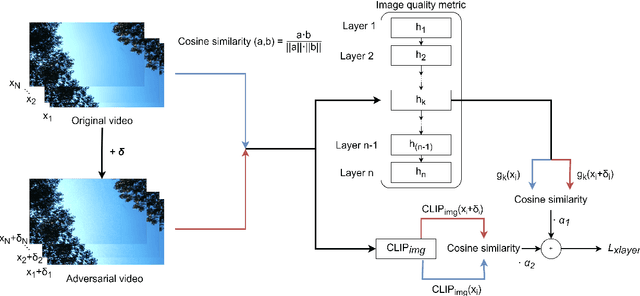
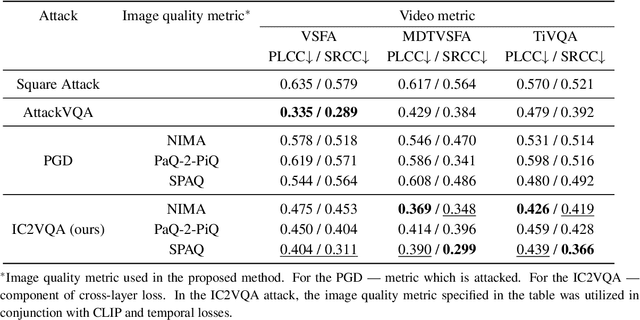
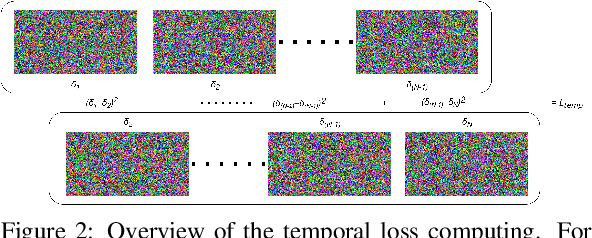
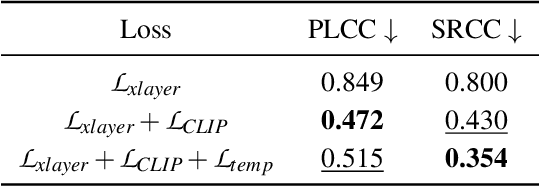
Abstract:Recent studies have revealed that modern image and video quality assessment (IQA/VQA) metrics are vulnerable to adversarial attacks. An attacker can manipulate a video through preprocessing to artificially increase its quality score according to a certain metric, despite no actual improvement in visual quality. Most of the attacks studied in the literature are white-box attacks, while black-box attacks in the context of VQA have received less attention. Moreover, some research indicates a lack of transferability of adversarial examples generated for one model to another when applied to VQA. In this paper, we propose a cross-modal attack method, IC2VQA, aimed at exploring the vulnerabilities of modern VQA models. This approach is motivated by the observation that the low-level feature spaces of images and videos are similar. We investigate the transferability of adversarial perturbations across different modalities; specifically, we analyze how adversarial perturbations generated on a white-box IQA model with an additional CLIP module can effectively target a VQA model. The addition of the CLIP module serves as a valuable aid in increasing transferability, as the CLIP model is known for its effective capture of low-level semantics. Extensive experiments demonstrate that IC2VQA achieves a high success rate in attacking three black-box VQA models. We compare our method with existing black-box attack strategies, highlighting its superiority in terms of attack success within the same number of iterations and levels of attack strength. We believe that the proposed method will contribute to the deeper analysis of robust VQA metrics.
Stochastic BIQA: Median Randomized Smoothing for Certified Blind Image Quality Assessment
Nov 19, 2024



Abstract:Most modern No-Reference Image-Quality Assessment (NR-IQA) metrics are based on neural networks vulnerable to adversarial attacks. Attacks on such metrics lead to incorrect image/video quality predictions, which poses significant risks, especially in public benchmarks. Developers of image processing algorithms may unfairly increase the score of a target IQA metric without improving the actual quality of the adversarial image. Although some empirical defenses for IQA metrics were proposed, they do not provide theoretical guarantees and may be vulnerable to adaptive attacks. This work focuses on developing a provably robust no-reference IQA metric. Our method is based on Median Smoothing (MS) combined with an additional convolution denoiser with ranking loss to improve the SROCC and PLCC scores of the defended IQA metric. Compared with two prior methods on three datasets, our method exhibited superior SROCC and PLCC scores while maintaining comparable certified guarantees.
Guardians of Image Quality: Benchmarking Defenses Against Adversarial Attacks on Image Quality Metrics
Aug 02, 2024
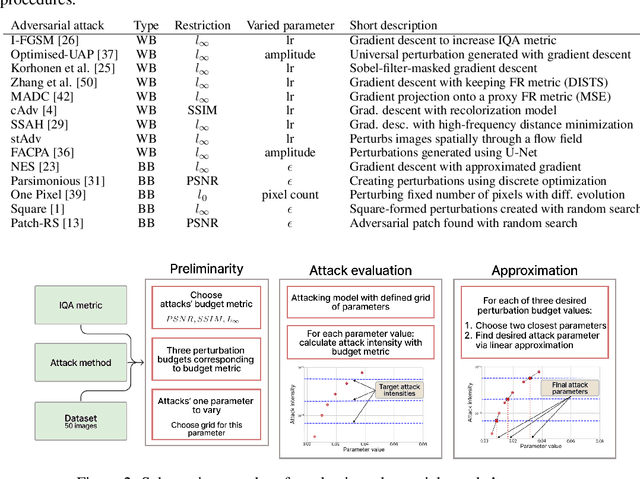
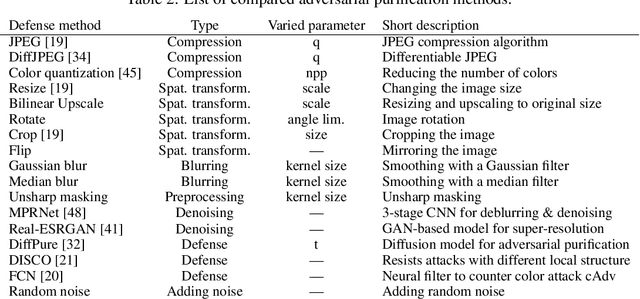

Abstract:In the field of Image Quality Assessment (IQA), the adversarial robustness of the metrics poses a critical concern. This paper presents a comprehensive benchmarking study of various defense mechanisms in response to the rise in adversarial attacks on IQA. We systematically evaluate 25 defense strategies, including adversarial purification, adversarial training, and certified robustness methods. We applied 14 adversarial attack algorithms of various types in both non-adaptive and adaptive settings and tested these defenses against them. We analyze the differences between defenses and their applicability to IQA tasks, considering that they should preserve IQA scores and image quality. The proposed benchmark aims to guide future developments and accepts submissions of new methods, with the latest results available online: https://videoprocessing.ai/benchmarks/iqa-defenses.html.
Ti-Patch: Tiled Physical Adversarial Patch for no-reference video quality metrics
Apr 15, 2024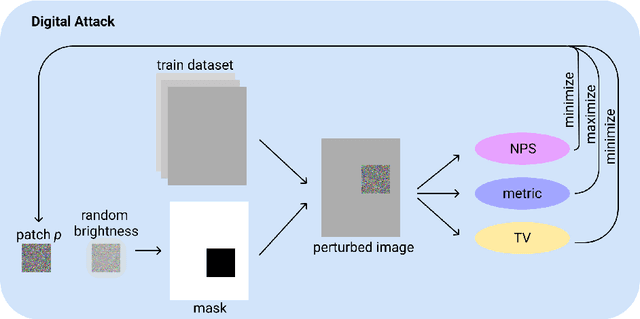
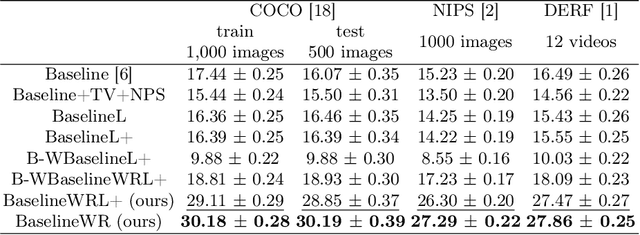
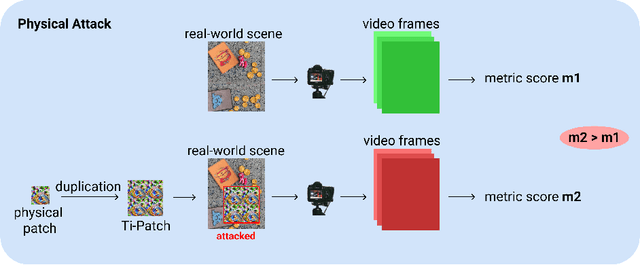
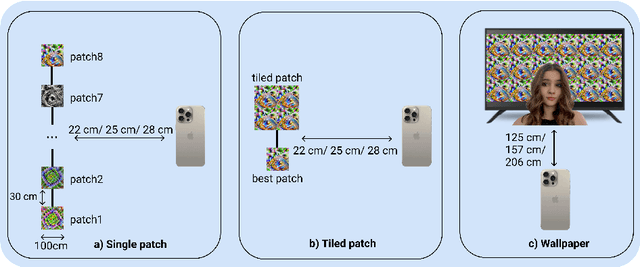
Abstract:Objective no-reference image- and video-quality metrics are crucial in many computer vision tasks. However, state-of-the-art no-reference metrics have become learning-based and are vulnerable to adversarial attacks. The vulnerability of quality metrics imposes restrictions on using such metrics in quality control systems and comparing objective algorithms. Also, using vulnerable metrics as a loss for deep learning model training can mislead training to worsen visual quality. Because of that, quality metrics testing for vulnerability is a task of current interest. This paper proposes a new method for testing quality metrics vulnerability in the physical space. To our knowledge, quality metrics were not previously tested for vulnerability to this attack; they were only tested in the pixel space. We applied a physical adversarial Ti-Patch (Tiled Patch) attack to quality metrics and did experiments both in pixel and physical space. We also performed experiments on the implementation of physical adversarial wallpaper. The proposed method can be used as additional quality metrics in vulnerability evaluation, complementing traditional subjective comparison and vulnerability tests in the pixel space. We made our code and adversarial videos available on GitHub: https://github.com/leonenkova/Ti-Patch.
IOI: Invisible One-Iteration Adversarial Attack on No-Reference Image- and Video-Quality Metrics
Mar 09, 2024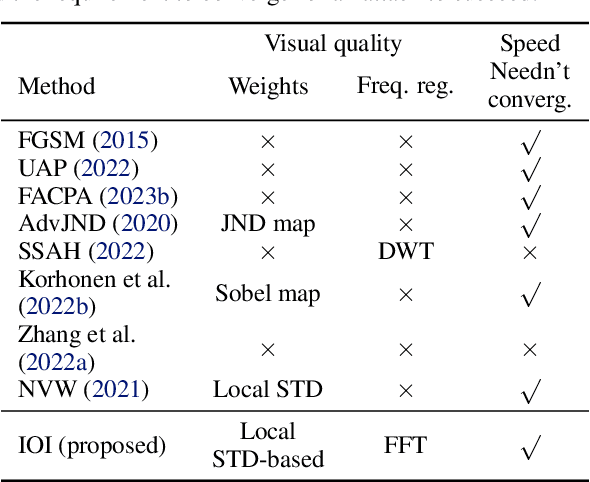

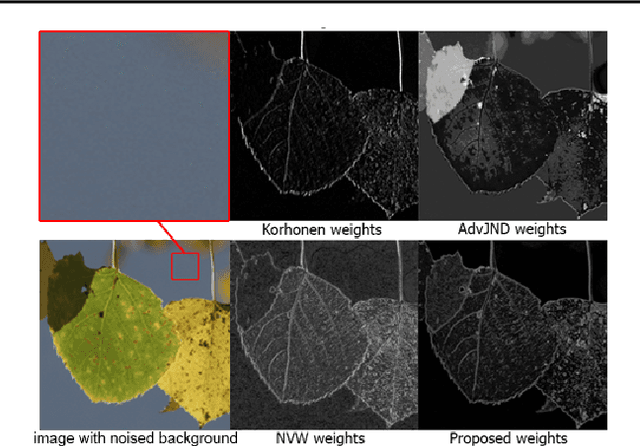
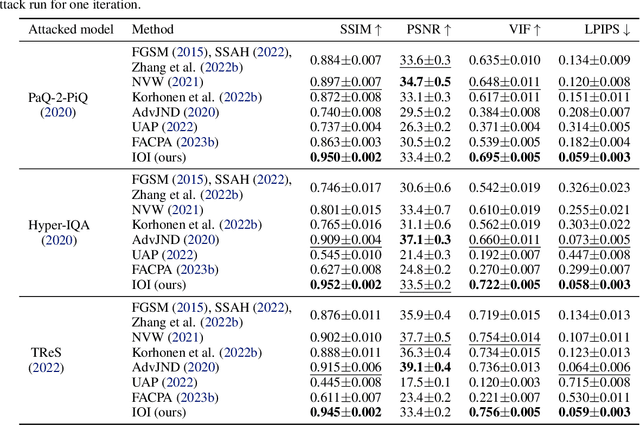
Abstract:No-reference image- and video-quality metrics are widely used in video processing benchmarks. The robustness of learning-based metrics under video attacks has not been widely studied. In addition to having success, attacks that can be employed in video processing benchmarks must be fast and imperceptible. This paper introduces an Invisible One-Iteration (IOI) adversarial attack on no reference image and video quality metrics. We compared our method alongside eight prior approaches using image and video datasets via objective and subjective tests. Our method exhibited superior visual quality across various attacked metric architectures while maintaining comparable attack success and speed. We made the code available on GitHub.
Comparing the robustness of modern no-reference image- and video-quality metrics to adversarial attacks
Oct 10, 2023Abstract:Nowadays neural-network-based image- and video-quality metrics show better performance compared to traditional methods. However, they also became more vulnerable to adversarial attacks that increase metrics' scores without improving visual quality. The existing benchmarks of quality metrics compare their performance in terms of correlation with subjective quality and calculation time. However, the adversarial robustness of image-quality metrics is also an area worth researching. In this paper, we analyse modern metrics' robustness to different adversarial attacks. We adopted adversarial attacks from computer vision tasks and compared attacks' efficiency against 15 no-reference image/video-quality metrics. Some metrics showed high resistance to adversarial attacks which makes their usage in benchmarks safer than vulnerable metrics. The benchmark accepts new metrics submissions for researchers who want to make their metrics more robust to attacks or to find such metrics for their needs. Try our benchmark using pip install robustness-benchmark.
Fast Adversarial CNN-based Perturbation Attack on No-Reference Image- and Video-Quality Metrics
May 24, 2023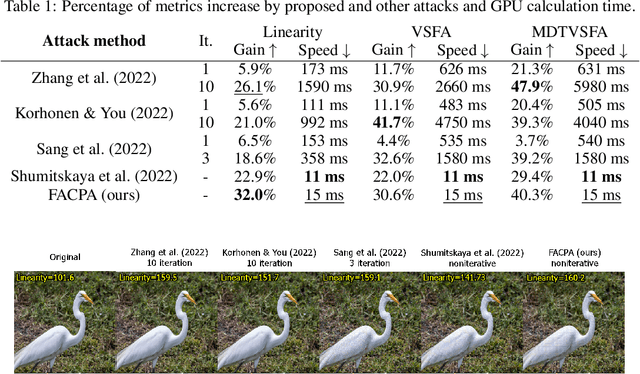
Abstract:Modern neural-network-based no-reference image- and video-quality metrics exhibit performance as high as full-reference metrics. These metrics are widely used to improve visual quality in computer vision methods and compare video processing methods. However, these metrics are not stable to traditional adversarial attacks, which can cause incorrect results. Our goal is to investigate the boundaries of no-reference metrics applicability, and in this paper, we propose a fast adversarial perturbation attack on no-reference quality metrics. The proposed attack (FACPA) can be exploited as a preprocessing step in real-time video processing and compression algorithms. This research can yield insights to further aid in designing of stable neural-network-based no-reference quality metrics.
Universal Perturbation Attack on Differentiable No-Reference Image- and Video-Quality Metrics
Nov 01, 2022Abstract:Universal adversarial perturbation attacks are widely used to analyze image classifiers that employ convolutional neural networks. Nowadays, some attacks can deceive image- and video-quality metrics. So sustainability analysis of these metrics is important. Indeed, if an attack can confuse the metric, an attacker can easily increase quality scores. When developers of image- and video-algorithms can boost their scores through detached processing, algorithm comparisons are no longer fair. Inspired by the idea of universal adversarial perturbation for classifiers, we suggest a new method to attack differentiable no-reference quality metrics through universal perturbation. We applied this method to seven no-reference image- and video-quality metrics (PaQ-2-PiQ, Linearity, VSFA, MDTVSFA, KonCept512, Nima and SPAQ). For each one, we trained a universal perturbation that increases the respective scores. We also propose a method for assessing metric stability and identify the metrics that are the most vulnerable and the most resistant to our attack. The existence of successful universal perturbations appears to diminish the metric's ability to provide reliable scores. We therefore recommend our proposed method as an additional verification of metric reliability to complement traditional subjective tests and benchmarks.
 Add to Chrome
Add to Chrome Add to Firefox
Add to Firefox Add to Edge
Add to Edge